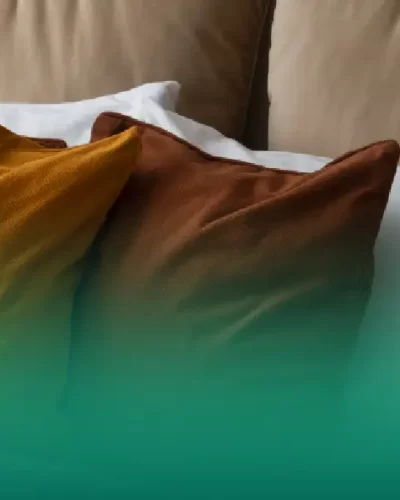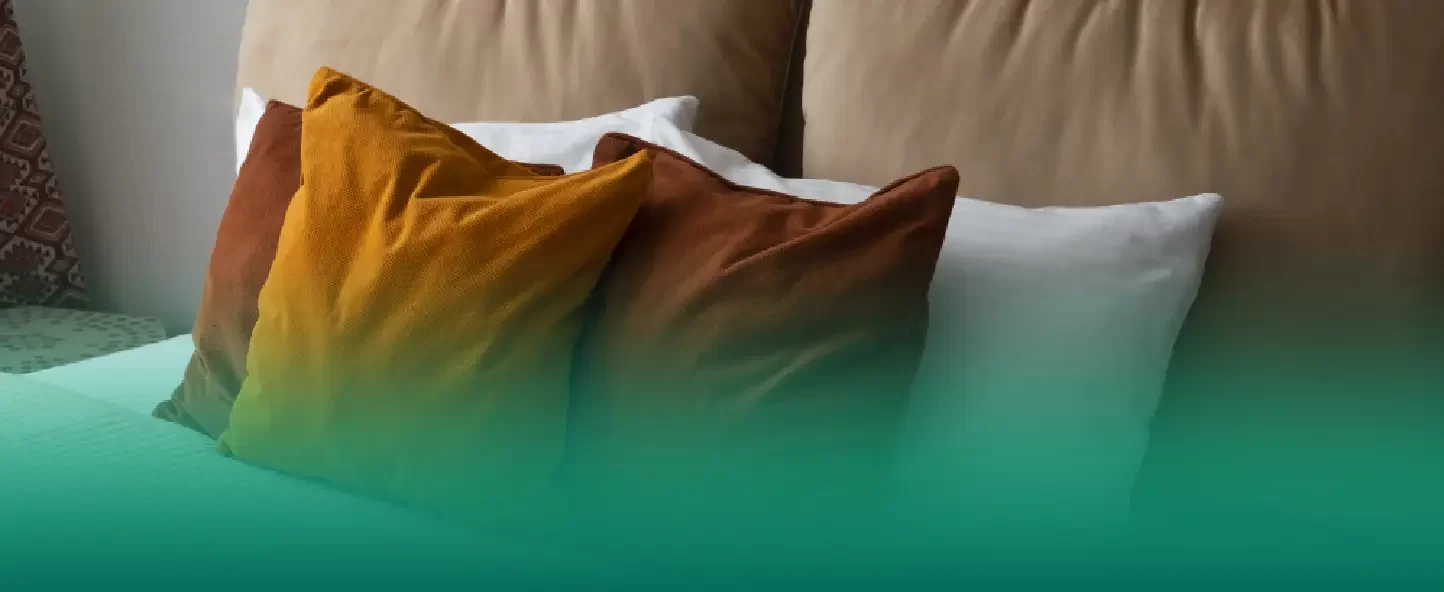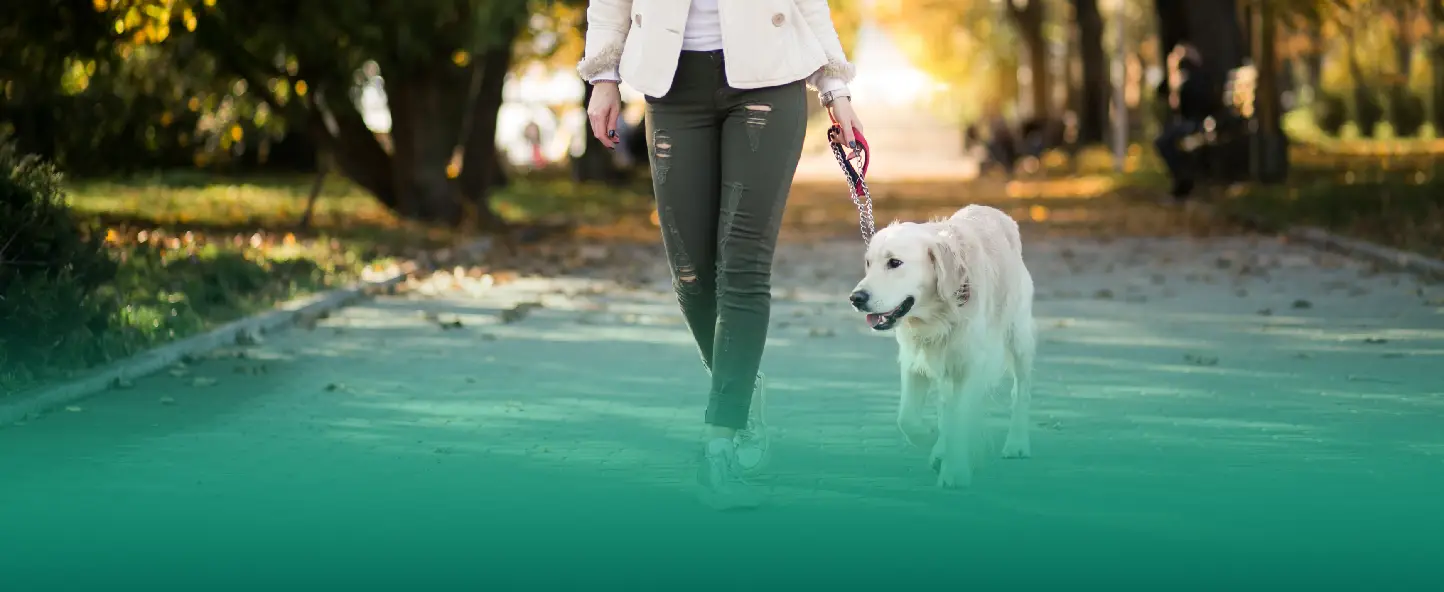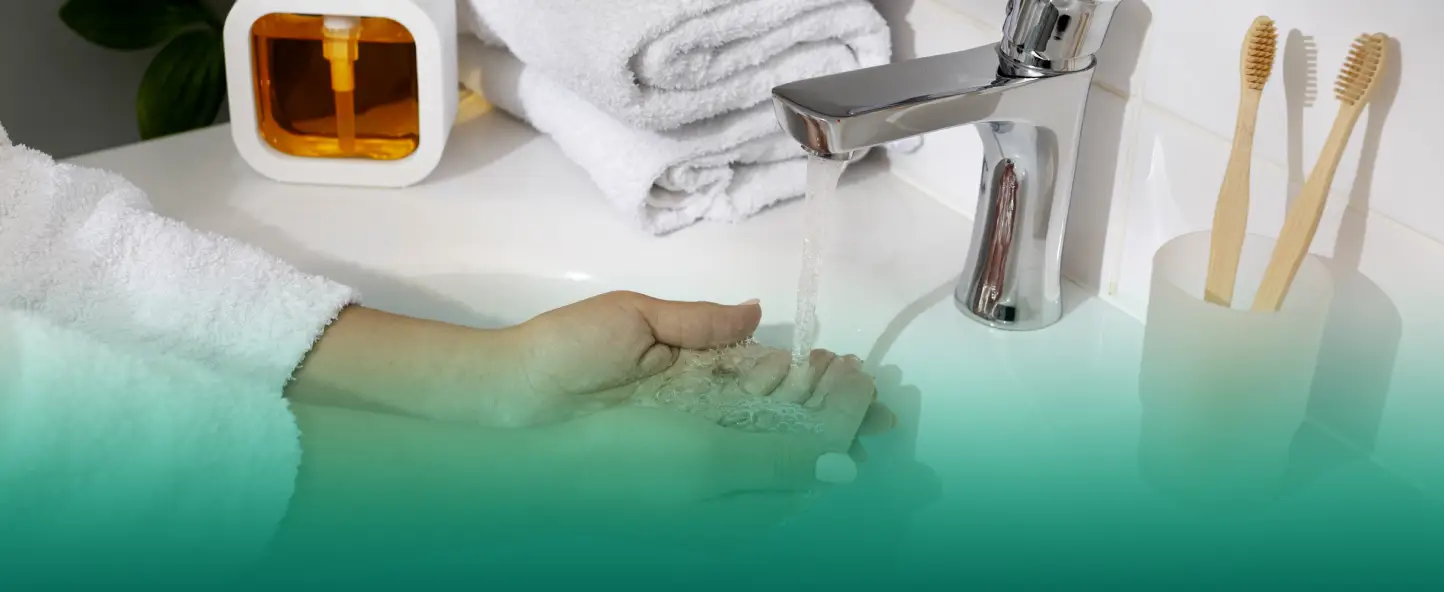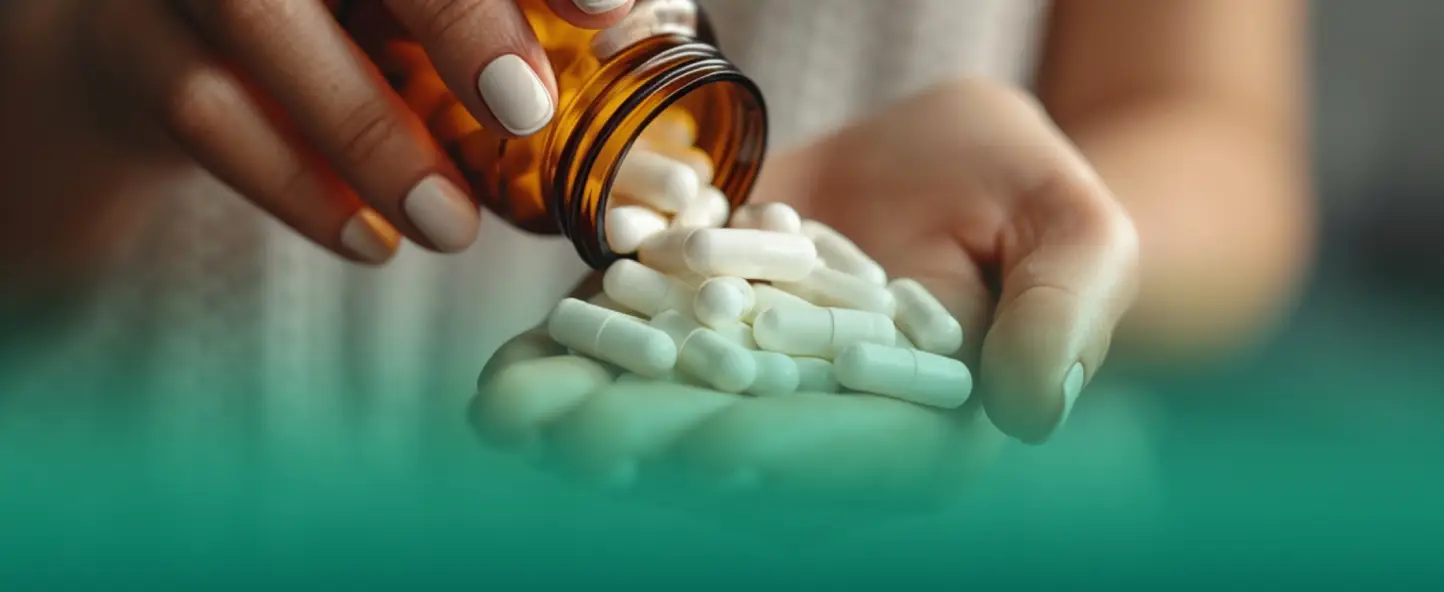There are different opinions about the need to dry pillows in the sun at least once a year to kill dust mites with solar radiation. Some believe it can help get rid of mites, while others say the sun’s rays can damage the pillow material, such as foam or down. Instead, they suggest washing bedding once a week at 90°C, which also helps control dust mites.
It is recommended to replace pillows approximately every two to three years, as during this time they lose their softness, orthopedic properties and accumulate a lot of excess particles, including skin particles and dust mite feces.
It is also important to regularly dry pillows, but the frequency and method depend on their filling. Proper care of your pillows helps them retain their properties for a longer time and provides a more comfortable sleep.
Why dry pillows?
Bacteria. Ameristep, a US-based pillow and mattress company, conducted a study in which bacterial samples were taken from pillowcases and sheets of varying degrees of freshness. A study found that a pillowcase that was washed a week ago contained up to 3 million colony-forming units (CFUs) in an area comparable to a passport photo. That’s about 17,442 times more bacteria than a toilet seat, which typically contains about 172 CFU. Some of these bacteria can worsen skin infections such as acne. Therefore, it is important to dry your pillows regularly to reduce the number of microorganisms.
Fungi. The average pillow contains from 4 to 16 species of fungi and more than a million of their spores. On pillows with loose filling this may not be noticeable, but on pillows made of polyurethane foam, if they are not dried, mold may develop over time.
Unpleasant smell. Your pillow can start to smell bad due to sweat, saliva, and skin particles overnight. Over time, this base will become food for fungi, bacteria and dust mites, and the smell will intensify and may interfere with falling asleep quickly. Regularly drying your pillows helps slow down the development of unpleasant odors.
Allergy. If a person has a dust allergy caused by dust mites, it is important to take the following measures:
- maintain the indoor humidity level below 50%;
- use special dust-proof covers with a zipper on the pillows;
- wash bed linen once a week, and pillowcases – every two to three days at a temperature not lower than +60 °C;
- regularly carry out wet cleaning of the premises.
In addition, it is recommended that you dry your pillows daily – this is one important step that helps reduce allergy symptoms, although it does not completely eliminate it. In dried pillows, the number of dust mites is significantly reduced.
Changing shape. The pillow can become damp overnight, even if the room humidity is low, due to sweat and sometimes saliva. Excess moisture can cause the loose filling to stick together, ultimately causing the pillow to lose its shape, flattening, and forming clumps. Regularly fluffing your pillow and then drying it after sleep will help maintain its volume and softness.
How to dry pillows?
Leaving it on the bed is a common method for daily pillow care. Simply place the pillow on top of a made bed or without a blanket for half an hour until the bed is done, then flip it over to the other side for another half hour.
If the humidity in the room exceeds 60% and there is no way to ventilate the room, the pillow can be left unfilled throughout the day. But removing the pillowcase in this case is not necessary. This method is suitable for all types of pillows.
In the fresh air. To air the pillow, take it out onto the balcony or windowsill without a pillowcase. Ideally in the sun for 30 minutes on each side.
However, this method is not suitable for pillows filled with latex, gel, polyurethane or soy foam: under the influence of ultraviolet rays and prolonged heating, they may lose their orthopedic properties.
To air dry, you can use special plastic or mesh hangers so that the pillows do not have to be turned over. Their cost is about 200 rubles.
In the dryer. Machine drying may be necessary after washing your pillow to quickly dry it and prevent bacteria and mold from growing in a damp environment. The appropriate mode is usually indicated on the label or accompanying documents. It is generally recommended to use the lowest heat setting of approximately 40°C, so several drying cycles may be required. This method works for most loose-fill pillows, including some feather and down pillows.
How often should pillows be dried?
Often it is enough to easily beat any pillows after sleep and leave them on an unmade bed for half an hour or an hour, or for the whole day if the room is humid and there is no way to ventilate the room. When changing the pillowcase, it is recommended to let it dry out in the fresh air, if the weather permits.
Once every six months it is worth washing or cleaning any pillow, after which a deeper drying is necessary. If you do not have access to a dryer or the weather does not allow you to quickly dry the item in air, it is recommended to contact a dry cleaner. Prolonged drying of the pillow can lead to the growth of bacteria and fungi, which makes washing useless.
Regular drying of pillows, even just leaving them on an unmade bed, is important. Some pillows can also be placed in the sun once every week or two. You can also use a dryer, heating pad, or electric blanket for drying.
Proper care of your pillows will help reduce the number of bacteria, fungi and dust mites in and on the surface of the pillows, and will also extend their lifespan by maintaining their shape.


